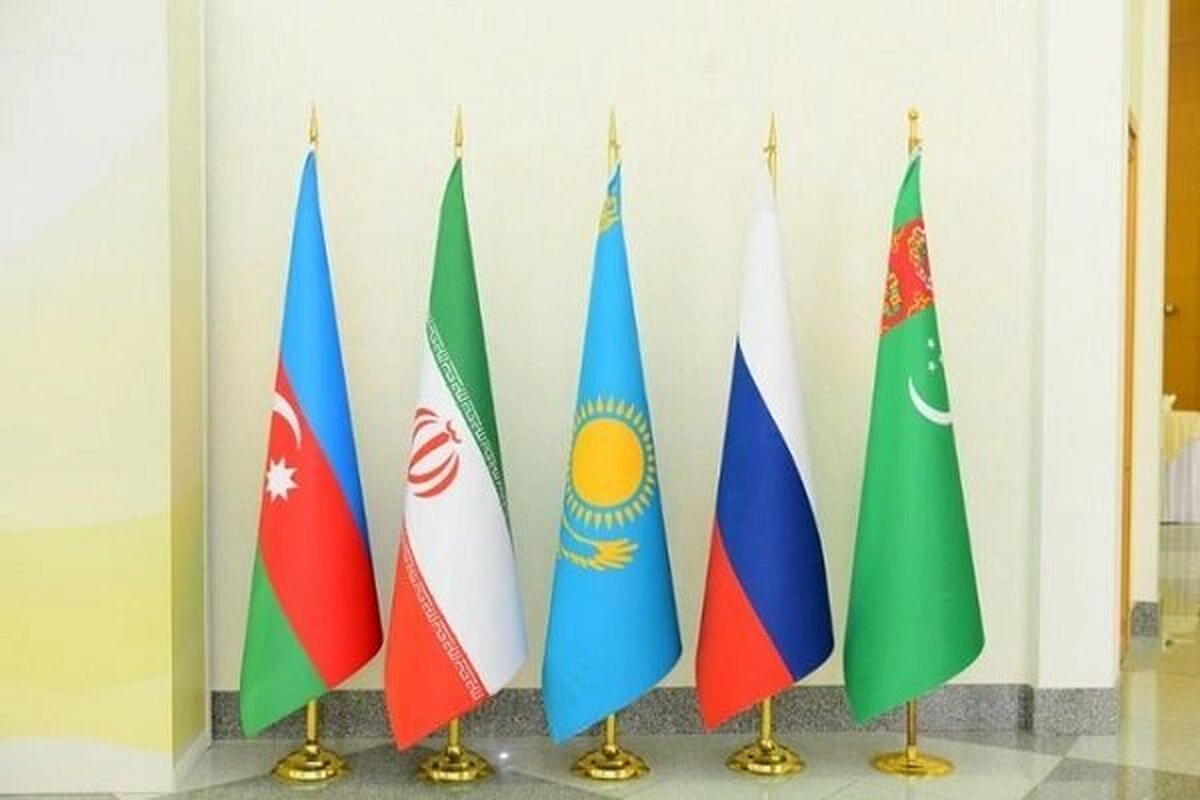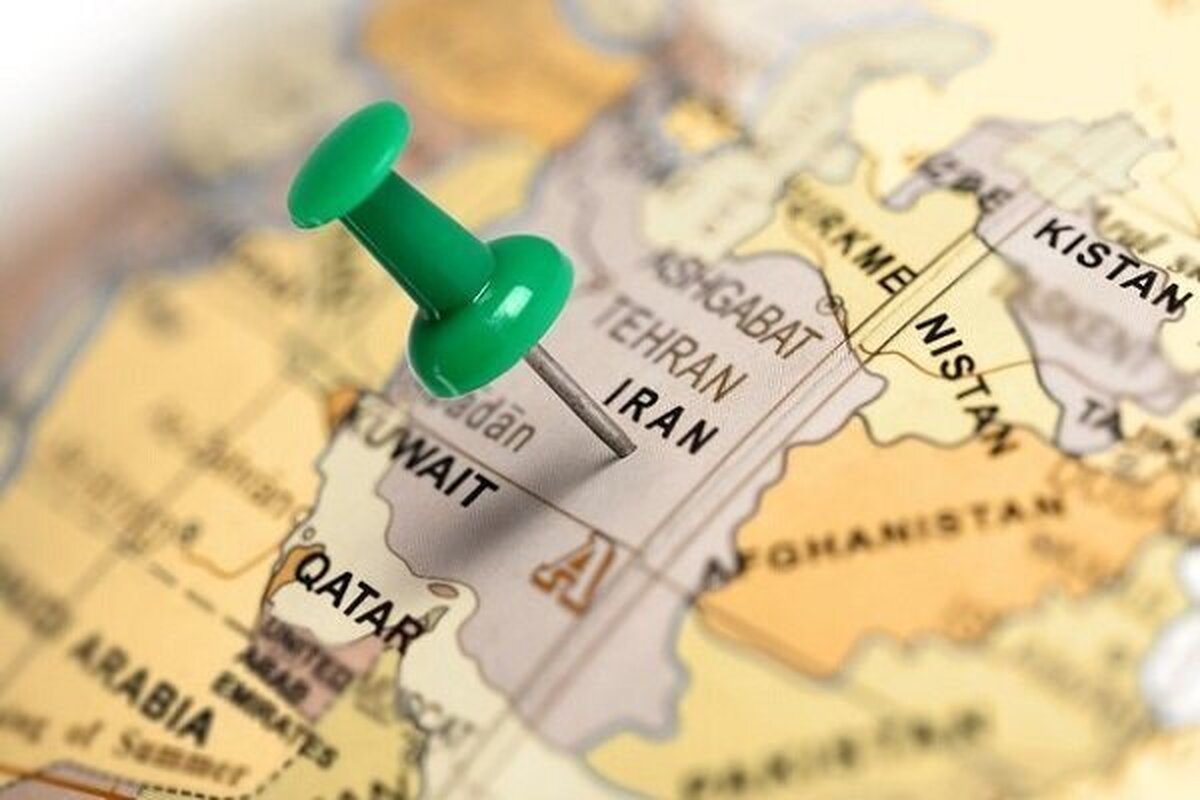
Review of Iran Economy in 2017-18: Time to Curb Enthusiasm?
EghtesadOnline: This is the Financial Tribune’s last edition of the current Iranian year (ending March 20). As Iran’s sole economic daily in English, it considers it apt to review the key economic developments of the outgoing year.
The economy of the Islamic Republic of Iran has been tied to political and foreign affairs developments over the years. Longstanding international sanctions against the country sapped economic growth by effectively cutting trade ties with the world economy. However, a milestone in recent years was marked by the government of President Hassan Rouhani’s July 2015 signing of a deal with world powers to remove those sanctions in exchange for Tehran to limit the scope of its nuclear program.
The so-called Joint Comprehensive Plan of Action was implemented as of mid-January 2016, meaning no more economic sanctions against Iran, at least on paper.
The breakthrough led to unprecedented growth, albeit in a limited range of sectors for the most part (oil and gas in particular). No surprise though, one may argue, as sanctions meant pent-up demand and unused capacity amid lower production due to the marked decrease in the number of trade partners.
GDP growth reached a staggering 12.5% in March 2016-17 fiscal year compared to the preceding year, according to the Central Bank of Iran. Much of the feat owed to the rebound in oil production, as the key sector registered a dramatic 61.6% expansion. The growth, without taking oil production into account, stood at 3.3%.
The Statistical Center of Iran had a less overwhelming take on the growth, putting it at 8.3% with oil and 6.3% without oil.
According to SCI, the agriculture sector grew by 5%, the industry group, including mines, manufacturing, energy and construction, expanded by 11.3% and the services sector registered a 7.1% growth in the fiscal 2016-17.
The sustainability of this growth, however, diminished in the following year (current fiscal) as suppressed capacities, mainly in the oil sector, came back on stream.
Latest statistics on Iran’s GDP growth released by the Statistical Center of Iran indicate the economy grew by 4.4% in the first three quarters of the current fiscal year (March 21, 2017-Dec. 21) compared with last year’s corresponding period. Excluding oil, the Q1-3 growth was at 4.7%.
The sectors of agriculture and industry (comprised of crude oil, natural gas and other mineral extractions, industrial production, energy and construction) grew by 1% and 3.1% respectively, as the services sector saw the highest growth of 7% during the nine-month period.
A Promise Kept
The economy of the Islamic Republic of Iran has historically been beset by high inflation rates in double digits. Lowering the rates from a high of 40% experienced during the tenure of its predecessor to below 10% was among Hassan Rouhani’s presidential campaign promises. And, indeed, this promise was fulfilled.
Inflation in Iran reduced to a single digit for the first time after about a quarter century in June 2016.
The Central Bank of Iran’s latest announcement shows the average goods and services Consumer Price Index for urban areas in the 12 months ending Feb. 19 increased by 9.9% compared with last year’s corresponding period.
The rate is widely expected to remain below 10% until the Iranian yearend. This means two consecutive years of single digit inflation after 46 years to be exact.
JCPOA’s Fate Hanging in Balance
The same overture that led to economic rebound in Iran is now putting the prospects of future growth in doubt. The US President Donald Trump’s signature antagonism towards Iran appears to be costing the survival of the landmark nuclear deal after it was painstakingly concluded by the previous American administration in cooperation with the government of President Rouhani.
Trump is now pushing the European Union to deviate from the JCPOA after repeatedly threatening to walk away from the deal, much to the bloc’s dislike as the European countries, mainly Germany, France and Italy, have been at the forefront of resuming ties with Iran following the removal of sanctions.
Though the EU has a lot at stake in the Islamic Republic, considering post-JCPOA investments of big names like Total, Siemens, Alstom and Airbus, it is seemingly caving in to US demands amid the substantially deeper-rooted economic ties Europe have with the US compared with Iran and the far-reaching implications of a breakaway from the world’s biggest economy.
It remains to be seen how Iran-US tensions will play out in the year ahead, but what’s for sure is that an end of JCPOA will certainly not bode well for an economy that has just come in from the cold.




